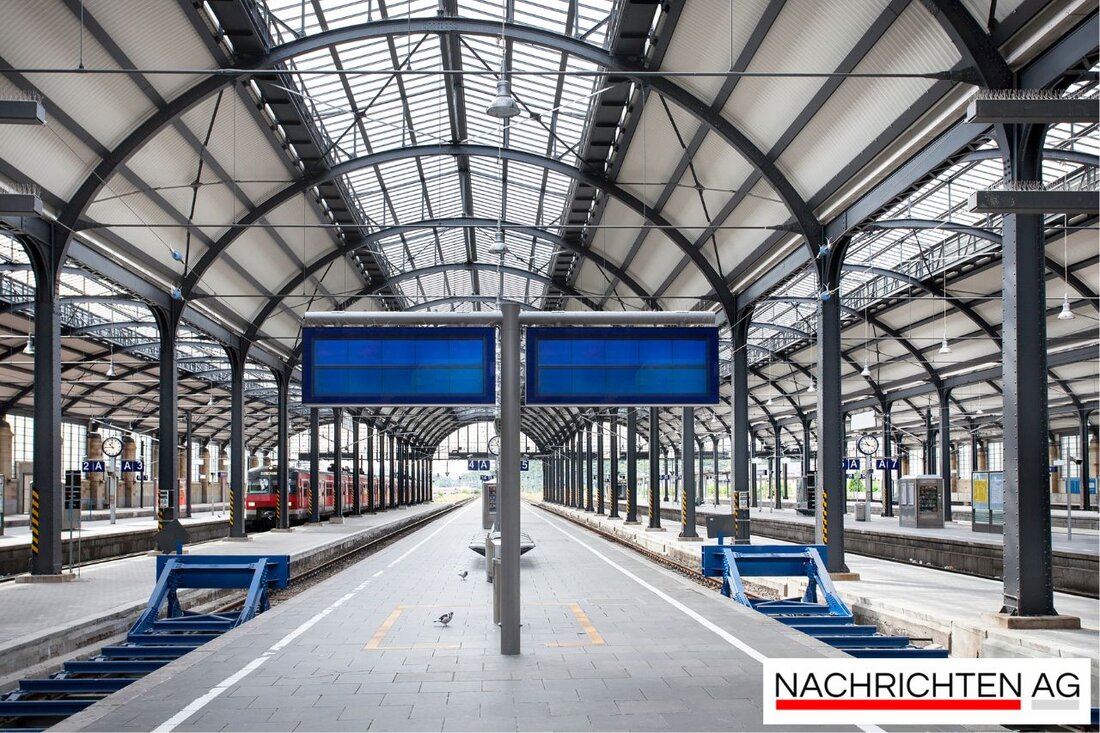The mysterious Werdenfels Castle: A look into history!
Discover the history of Werdenfels Castle in Freising, its importance as an administrative center and popular hiking destination.

The mysterious Werdenfels Castle: A look into history!
The ruins of Werdenfels Castle, majestically enthroned about 80 meters above the Loisachtal, are not only a relic from a bygone era, but also a popular destination for hikers in the Garmisch-Partenkirchen region. As the district curator Peter Egner reports, the castle was built between 1180 and 1230 under Count Berthold III. Built by Eschenlohe and served as the administrative center of the County of Werdenfels until 1632. This county stretched deep into Tyrol and enjoyed a certain level of prosperity over the centuries. It supplied wood, marble and game, which was transported across the Isar and Lohach. [Merkur](https://www.merkur.de/lokales/garmisch-partenkirchen/zu-schaetzen-eine-burg-als- outlookswarte-ins-gebirge-schon-die-alten-ritter-wussten-sie-94053006.html) reports that the castle had a rather representative character from the beginning and was not optimally protected against attackers and sieges.
After it was sold to the Freising Monastery in the 13th century, castle guardians and caretakers were among the castle's residents, who were responsible for administration and jurisdiction. An interesting point: The keepers did not always live directly at the castle, but only represented the Prince-Bishop of Freising, who administered the region. The castle became the place for court sessions where the fate of the region was decided. The Pflegersee, an artificial facility for water supply and fish farming, indicated that the castle was also important from an economic perspective.
From splendor to ruin
The castle's heyday lasted until the beginning of the 17th century, when it fell into disrepair and the residence was finally moved to a new office building. From 1676 the castle was used as a quarry, which led to its further decline. Stones were recycled and used to build churches and breweries in the area. It is worth noting that the population during this period had difficulty adapting to the new realities, especially after its incorporation into the Kingdom of Bavaria during the secularization in the early 19th century.
The castle became private property in 1822 when the Bavarian Privy Councilor Ignaz von Rudhart acquired it. Security and partial restoration measures were carried out between 1905 and 1906, followed by further work in the late 1980s. The ruins are now a recognized attraction for hikers who want to enjoy the unique view of Garmisch-Partenkirchen and the impressive Wetterstein Alps. The hike to the castle is classified as moderately difficult and covers a distance of ten kilometers, which takes around three hours and involves climbing 240 meters.
Archaeological finds
The remains of the castle are also of archaeological interest. Numerous finds indicate that the building material, local limestone, was mined from the so-called “castle forest”. During archaeological investigations in 1997, remains of six round lime kilns were also discovered. But not only that, the ruin itself offers insights into the building history of the Middle Ages. The Palas, the stronger supposedly defensible structure of the castle, has wall thicknesses averaging 90 centimeters and is remarkably better preserved than other parts.
Overall, the history of Werdenfels Castle shows that it is more than just a ruin; it is a symbol of the region's past splendor and a popular place for excursions. For those who are looking for a worthwhile destination in nature, the hike to the castle is a real pleasure trip. The well-signposted paths lead hikers through a breathtaking landscape where you can experience the history and beauty of Upper Bavaria up close. Information on how to get there is also easy to find, and Farchant train station is easily accessible by train.

 Suche
Suche
 Mein Konto
Mein Konto